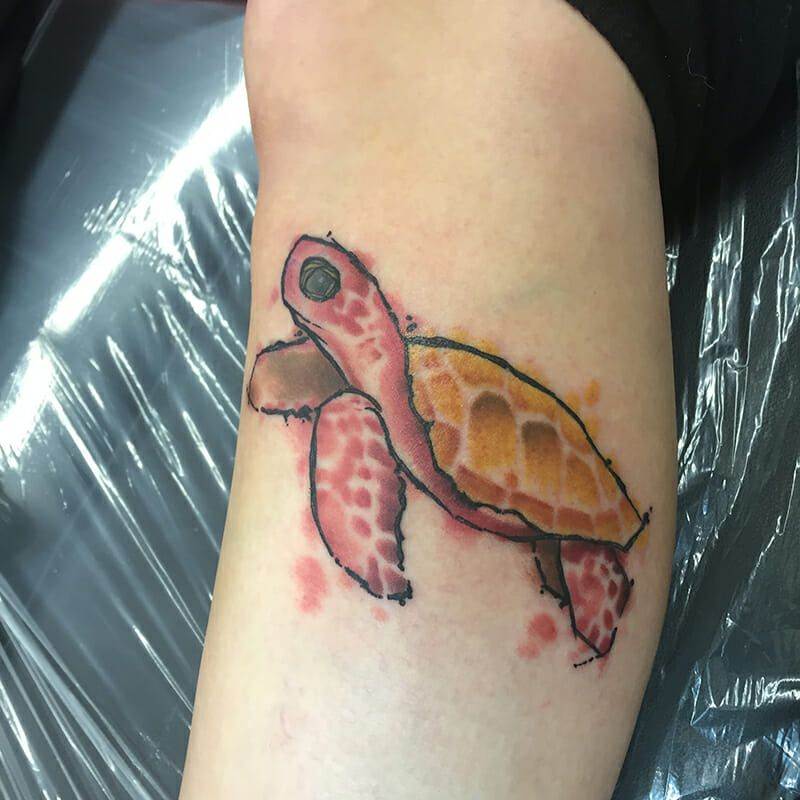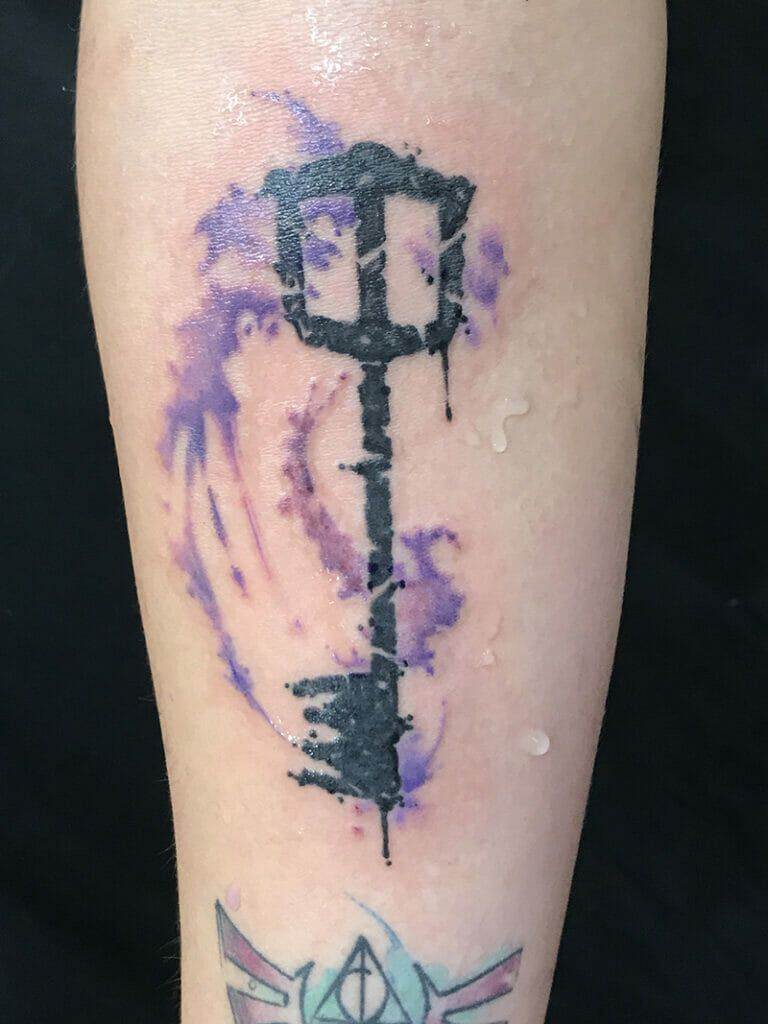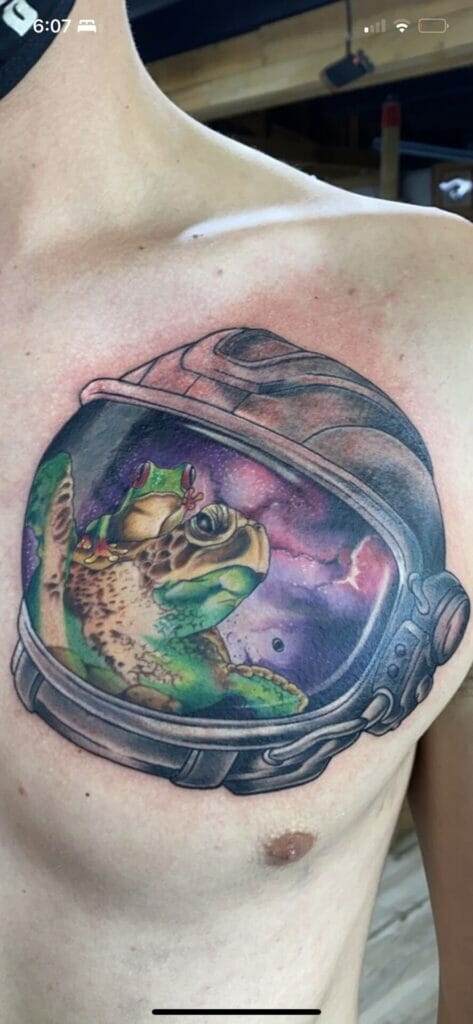The Rise of Watercolor Tattoos: All you need to know about this vibrant and unique tattooing style
Watercolor tattoos have been gaining immense popularity in recent years, capturing the attention of both tattoo enthusiasts and artists alike. This unique tattooing style mimics the ethereal beauty and fluidity of watercolor paintings, resulting in breathtaking and vibrant designs. If you’re contemplating getting a watercolor tattoo or simply curious about this trend, read on to discover everything you need to know about watercolor tattoos.
What are Watercolor Tattoos?
Watercolor tattoos are a contemporary style of tattooing that imitates the appearance of watercolor paintings. Unlike traditional tattoos that rely on bold outlines and solid colors, watercolor tattoos prioritize fluidity, soft edges, and vibrant hues. This technique involves blending and layering different shades of ink to create a painterly effect, often resembling brushstrokes or splashes of watercolor pigments.
The Unique Appeal of Watercolor Tattoos
One of the main reasons for the rising popularity of watercolor tattoos is their unique and eye-catching appeal. Unlike traditional tattoos, which often feature defined lines and shapes, watercolor tattoos give artists the freedom to experiment with abstract designs and unconventional color combinations. These tattoos can evoke a sense of whimsy, emotion, and dream-like imagery, making them stand out from more traditional tattoo styles.
The Versatility of Watercolor Tattoos
Watercolor tattoos offer a tremendous amount of artistic versatility. Artists can create a wide range of designs, from delicate flowers and animals to abstract landscapes and surreal portraits. This style allows for a seamless integration of different elements, blending them together using soft gradients and translucent washes of color. The possibilities of watercolor tattoos are virtually endless, making it an ideal choice for those seeking a truly unique and personalized tattoo.
Choosing the Right Artist
When considering a watercolor tattoo, it’s crucial to choose an artist with experience and expertise in this particular style. Due to their intricate nature, watercolor tattoos require a skilled hand and a deep understanding of color theory. Research local tattoo artists and carefully examine their portfolio to ensure their style aligns with your vision. Consult with multiple artists to discuss your ideas, ask questions about their process, and review their previous work before making a final decision.
Factors to Consider
Before getting a watercolor tattoo, it’s essential to consider a few factors:
- Placement: Think carefully about the placement of your watercolor tattoo. Certain areas of the body, such as the inner wrist or ribs, may be more prone to fading due to constant movement and exposure to the elements.
- Design Complexity: Intricate designs with fine details may require more time and sessions to complete. Discuss this with your chosen artist to determine the feasibility of your desired design.
- Aftercare: Proper aftercare is crucial to ensure the longevity and vibrancy of your watercolor tattoo. Follow your artist’s instructions regarding cleaning, moisturizing, and protecting the tattooed area to avoid infection and fading.
- Touch-ups: Keep in mind that watercolor tattoos may require touch-ups over time to maintain their appearance. The fading of colors is a natural part of the watercolor style, and regular touch-ups can help preserve the freshness of the tattoo.
Advantages and Disadvantages of Watercolor Tattoos
Like any tattoo style, watercolor tattoos have their own set of advantages and disadvantages:
Advantages:
- Unique and visually stunning: Watercolor tattoos stand out from traditional styles, making a bold artistic statement.
- Personalization: The versatility of watercolor tattoos allows for endless possibilities, ensuring a one-of-a-kind design that reflects your individuality.
- Emotional impact: Watercolor tattoos have the ability to evoke strong emotions and present a dreamy, ethereal aesthetic.
- Blend and cover-up potential: The soft edges and translucent layers of watercolor tattoos can help blend and cover-up older or unwanted tattoos.
Disadvantages:
- Fading: Watercolor tattoos are more prone to fading compared to traditional tattoos, requiring regular touch-ups to maintain their vibrancy.
- Complexity: The intricate nature of watercolor tattoos may require longer sessions and multiple appointments to complete.
- Limited detailing: Due to the watercolor technique, fine details and complex linework may be challenging to achieve, limiting certain design possibilities.
- Artist selection: Not all tattoo artists specialize in watercolor tattoos, so finding the right artist may require additional research and travel.
The Future of Watercolor Tattoos
As the popularity of watercolor tattoos continues to rise, it’s clear that this unique tattooing style has secured its place in the art world. With advancements in tattoo technology and an increasing number of talented artists specializing in watercolor tattoos, we can expect even more astonishing designs and innovations in the future.
If you’re considering a watercolor tattoo, remember to do thorough research, consult with skilled artists, and plan for proper aftercare to ensure a beautiful and long-lasting piece of art on your skin. Embrace the vibrant world of watercolor tattoos, where imagination knows no bounds and self-expression reaches new heights!




